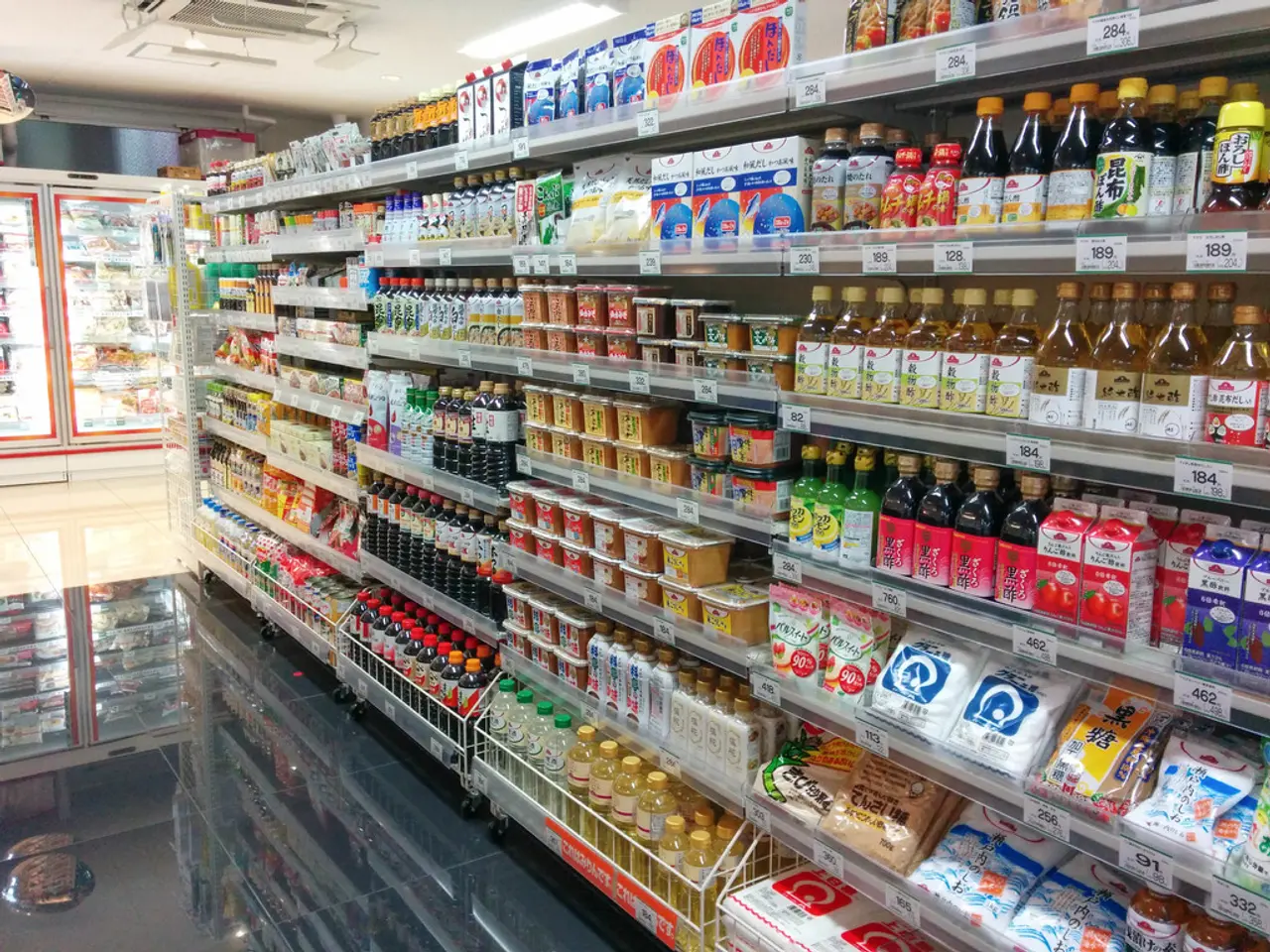Mahindra Group planning engineering measures to tackle the shortage of rare earth magnets: Official financial head announces
In the face of China's export restrictions on key rare earth magnets, the automobile industry is adapting and innovating to ensure a steady supply of these critical components. Companies like Mahindra & Mahindra (M&M), Maruti Suzuki, and Hyundai are taking strategic steps to address the issue, primarily through diversifying supply sources, investing in domestic production, and exploring alternative technologies.
The supply chain bottlenecks caused by these restrictions are impacting multiple sectors, including the auto industry. However, for M&M, FY26 is more or less managed, according to Group Chief Financial Officer Amarjyoti Barua.
M&M is taking proactive measures to build inventory through alternative sources to address the problem. The company's engineers are working tirelessly to find a solution, and their efforts are expected to bear fruit in the long term.
Meanwhile, Maruti Suzuki's engineers are working to mitigate the rare earth magnet shortage, ensuring minimal impact on production. Hyundai Motor India is not facing any production issues due to the shortage, a testament to their robust supply chain management.
The strategies being employed include supply chain diversification and regional development, investing in domestic and alternative supply chains, collaborations and partnerships, research and adoption of alternative motor technologies, and material recycling and sustainability initiatives.
Regions such as India (home to Mahindra and Maruti Suzuki) and North America are actively exploring domestic extraction, processing, and production of rare earth elements and magnets to reduce dependence on China. There are substantial investments in mining, separation, and magnet manufacturing facilities outside China, such as the U.S. Department of Defense-supported MP Materials in the U.S., which is scaling up a full mine-to-magnet supply chain within the U.S.
There is increased cooperation between companies and rare earth producers internationally, such as joint ventures for magnet production plants, exemplified by South Korean rare earth magnet firms and Lynas Rare Earths in Malaysia. This collaboration could influence supply strategies for automakers including Hyundai that have strong regional ties.
European and Asian automotive sectors are investing in R&D to reduce or eliminate the use of critical rare earth elements like dysprosium and terbium in electric motor designs, aiming to reduce supply vulnerability. Companies are also pushing for recycling rare earths from used electronics and automotive components to supplement supply and improve sustainability.
In the future, we can expect to see more automobile companies adopting these strategies to secure critical magnet materials over the next decade. The upcoming Mahindra XUV500 2025, for instance, boasts a 2179 cc Diesel engine and is expected to cost 12 Lakhs. On the electric front, the Mahindra e20 NXT is set to feature a 15 kWh battery, a range of 140 km, and is expected to cost between 6 - 8 Lakhs.
While the immediate impact of these strategies on individual companies like Mahindra, Maruti Suzuki, and Hyundai may not be publicly disclosed, the industry ecosystem is clearly moving towards regional supply diversification, domestic capabilities, technological alternatives, and recycling-based approaches to mitigate China's rare earth magnet export restrictions. This coordinated global automotive industry response is a step towards a more resilient and sustainable future.
The automotive industry, including companies like Mahindra & Mahindra, Maruti Suzuki, and Hyundai, are not only diversifying supply sources but also investing in domestic production and exploring alternative technologies to address the rare earth magnet shortage caused by China's export restrictions.
European and Asian automotive sectors are collaborating and investing in R&D to reduce or eliminate the use of critical rare earth elements, aiming to improve supply chain resilience and sustainability, and reduce dependence on China.




